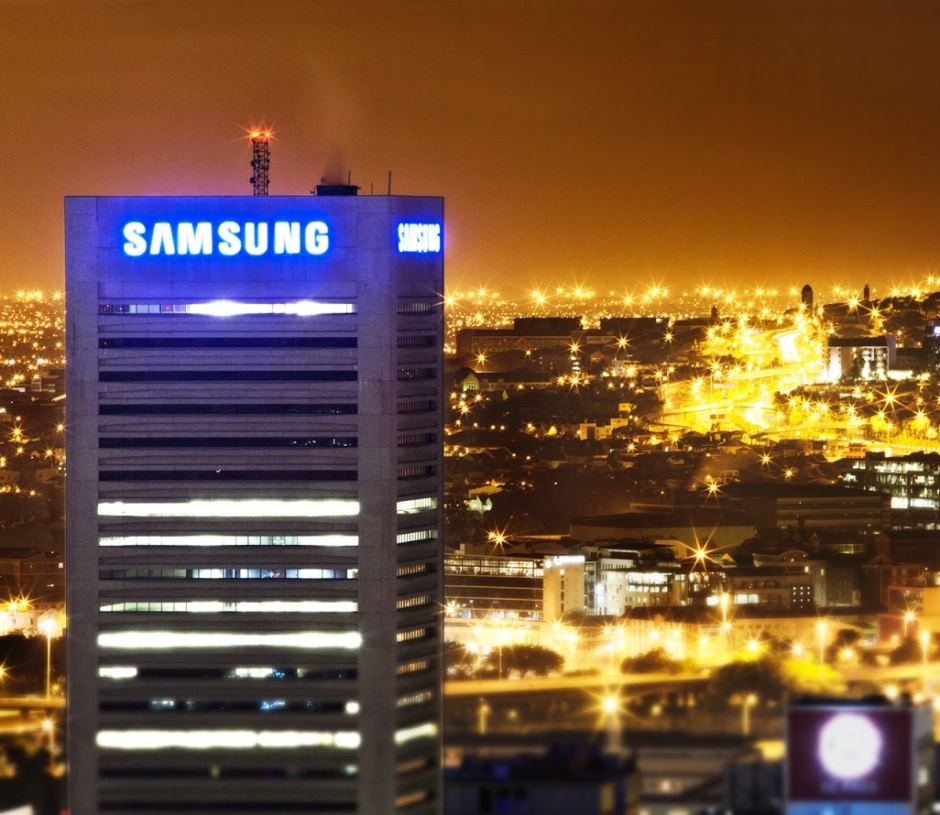The Galaxy S9 has faced slow sales throughout the year. Statistics have claimed that the S9’s sales have been less than that of the S7, which is the main reason behind the fall in revenue (as revealed by Samsung’s quarterly earnings guidance).
Samsung has reported an operating profit of 14.8 trillion won, which is the equivalent of $13.2 billion. Total revenue has amounted to 58 trillion won, which is the equivalent of $51.8 billion. Sales in Q1 2018 amounted to 60.56 trillion won, which is roughly $54.2 billion. Comparing the figures for both terms, Samsung has faced a 4% decrease in revenue.
The Galaxy S9 did not bring any revolutionary change relative to the S8, which has had a huge role in the decline in user interest and user demand in the S9. Statistics claim that roughly 31 million units of the S9 were sold. To put this in perspective, the S7 sold over 50 million units while the S4 sold over 80 million units. The decrease in quantity has had an obvious effect on the company’s revenue.
As written in the previous article, the falling sales quantity is likely to have a hindrance in Samsung’s position as a global leader in the smartphone industry as well. Competing firms like Apple and Huawei are continuously innovating their product lineup. Apple’s iPhone X introduced 3D Face ID in the industry while Huawei’s P20 Pro was the first phone with a triple-lens camera setup. On the contrary, Samsung’s current flagship brings no innovation to the table.
To further add to Samsung’s gloom, Apple is reportedly planning on obtaining OLEDs from LG for its upcoming 2018 iPhones instead of from Samsung. This would have a direct effect on Samsung’s revenue from OLED sales as well.
Looking at things from a futuristic point-of-view, Samsung’s upcoming flagship, the Galaxy S10 is likely to feature an in-display fingerprint sensor and a side-scanner. What do you think, will Samsung be able to bounce back from this fiasco?












